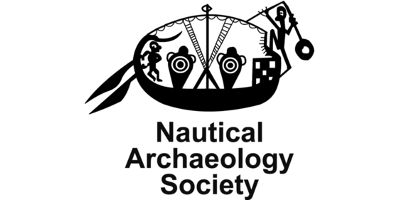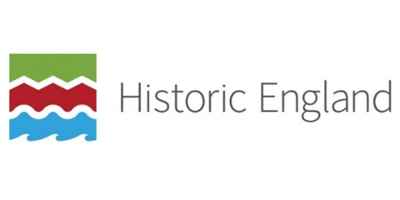A brief look at the Archaeology of Lifesaving in the North
15/12/2016 | Megan Clement
Nowadays we are fortunate that if we get to trouble on the coast or at sea we can call for help from the Coastguard or from organisations like the Royal National Lifeboat Institution (RNLI). However, there are many disasters to reminder us why saving lives on the coast is important. Such as “The Great Gale” which occurred on the 10th February 1871 in Yorkshire, where in one night an estimated 30 ships were wrecked and more then 70 lives lost, included a number of lifeboat men from Bridlington. Another is the notorious Black Middens on the north bank of the River Tyne. They have claimed many ship, including 5 vessels over three days in storms in 1864. All this reminds us of what a perilous environment the seas and oceans can be. But there also example of daring ventures where people put their own lives at risk to save people, just like the lifeboats crews do still. The example most people know of is the tale of Grace Darling and her father, William Darling, the lighthouse keeper on the Farne Islands, who assisted the SS Forfarshire on the 7th September 1838.
The North or England has several firsts when it comes to lifesaving; the first purpose-built lifeboat station, the first lifeboat services and the first purpose-built lifeboat, the first volunteer life brigade, as well as the second oldest extant lifeboat.
So to start with the first-purpose built lifeboat station is located on the Formby coastline, north of Liverpool. This was built sometime between 1771 – 6, though there is no certain date for it construction, it was marked on maps from 1777. At the time Liverpool was the 2nd busiest port in the country but the routes into it were changeable and treacherous. This is evident from the numerous shipwrecks littering the coast here; including the Pegu, the Star of Hope and the Ionic Star to name a few.
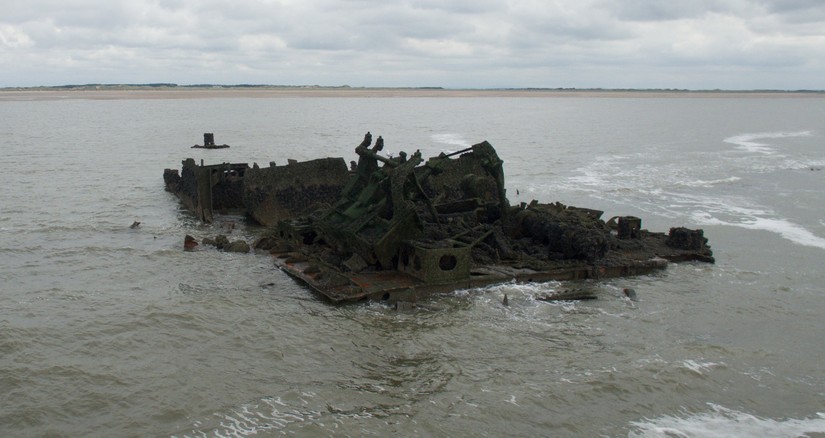
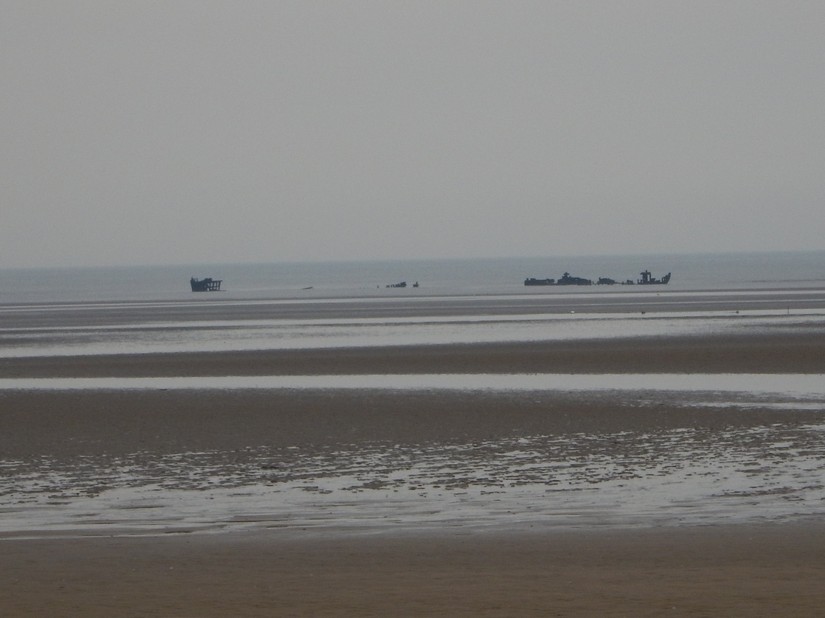
The station closed briefly in 1890, but opened two year later after the SS Harwarden Castle was wrecked off the coast with no survivors. Surviving records show that between 1840 and 1916, the station assisted 174 vessels and saves 196 lives. It finally closed in 1918 but only after almost 150 years of service, but more impressively, it was the only lifeboat station serving the port of Liverpool until 1803. It was used as a café until the 50’s after this and then finally demolished in 1965 (Yorke and Yorke 1982). Now much of the site is covered by the sand dunes, but what does survivor is a brick slipway and a several upstanding sandstone blocks.
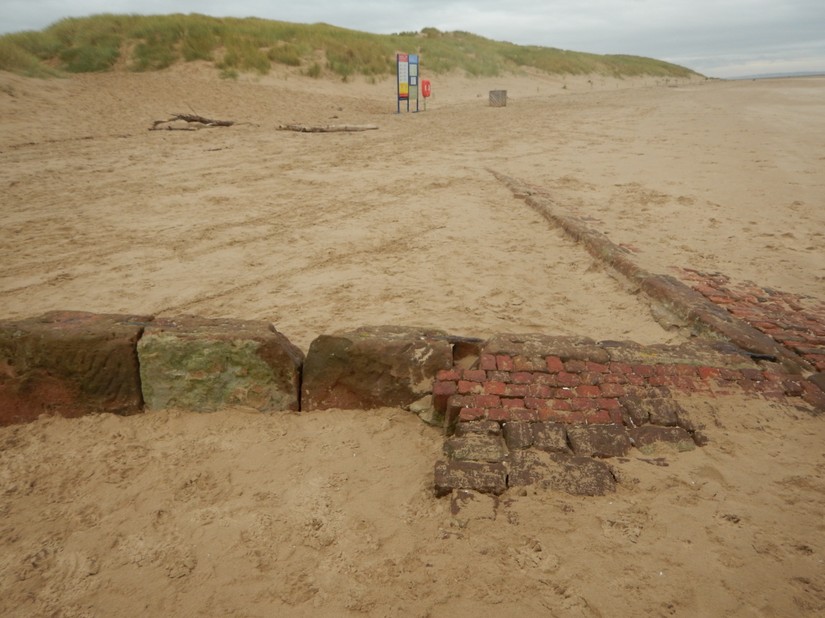
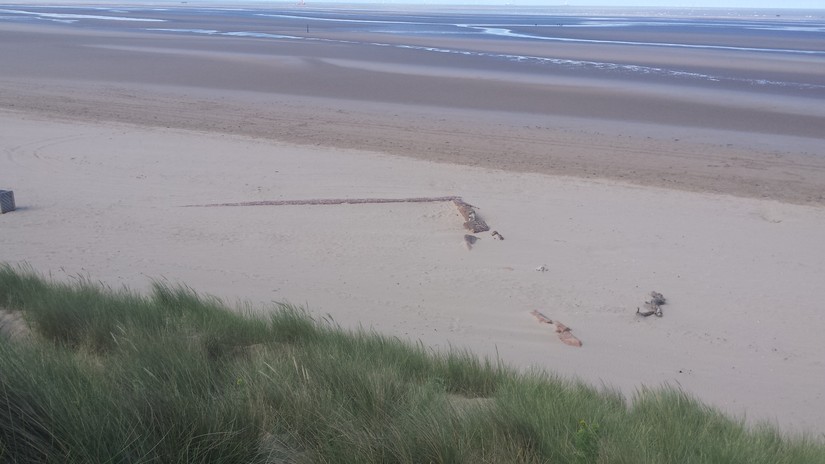
Using the station to look at dune development, erosion and sea level rise shows some interesting information; when originally built the station was 100 yards inland, by 1828 this had increased to 300 yards, but then 30 yards by 1839. Throughout the 20th century it was surrounded by the dune system and more recently, sine the 1980s, it has been on the high tide mark, though only covered by high spring tides (A Purdy 1995).
Not long after the lifeboat station was established at Formby, Dr John Sharpe put together the first lifesaving service in 1786, along the hazardous Northumberland coast, at Bamburgh. He commissioned Lionel Lukin to alter a coble to use as a lifesaving vessel; the design created was named “the unimmergible boat”.
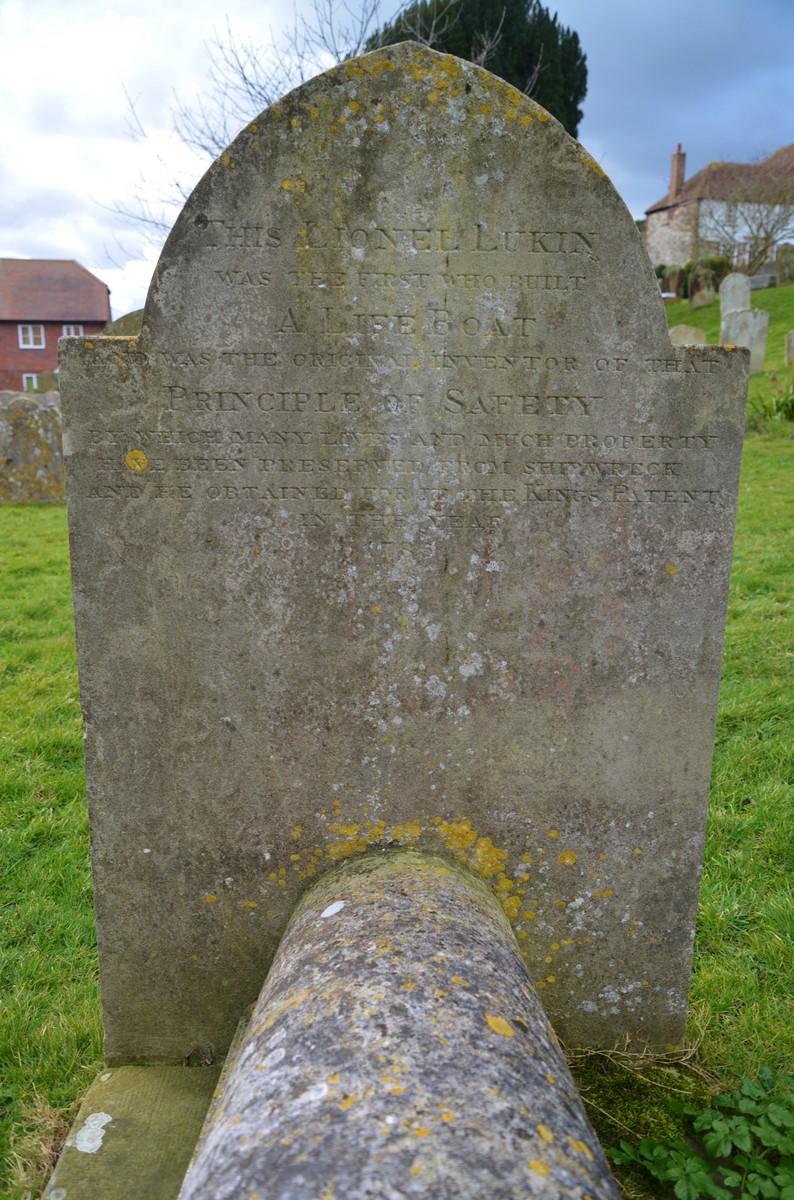
The services worked by having men and horse patrol the beach in search for vessels in distress and then rely this to launch the lifeboat; This was the case for the SS Forfarshire. Grace and her father knowing that it would be difficult for the lifeboat at North Sunderland (Seahouses) to reach the survivors, went to try and save as many as they could.. Meanwhile the lifeboat had been launched, included in the team was Grace’s brother, William. They battled for two and a half hours, to the row the five miles to the SS Forfarshire, to find no survivors. It was too dangerous for them to return back to mainland, so they continued onto the Longstone Lighthouse, where they found Grace’s family and the already rescued survivors of the SS Forfarshire. Nine other survivors, found in a lifeboat which had been Forfarshire, rescued and taken to Tynemouth (RNLI 2016).
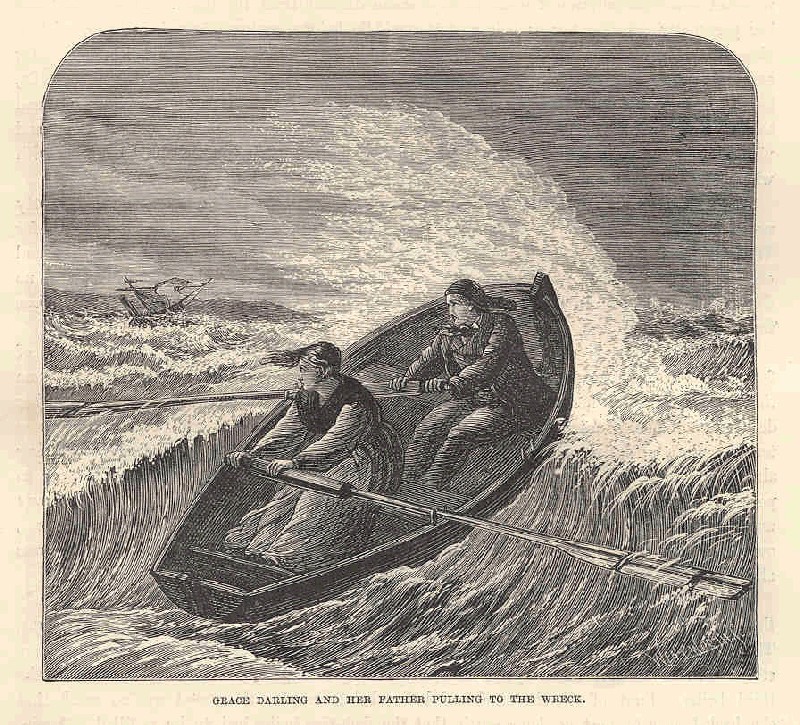
In 1789, a new purpose built lifeboat was in operation on the Tyne, promoted by the sinking of the Adventure off Herd Sands, South Shields. She was wrecked on 400 yards from shore but went down with all hands as the seas were too rough for local boat to be launched to reach her. A competition was held, by the Lawe House committee in South Shields, to find a design for a new purpose-built boat which could be launched in rough seas. 2 Guineas was offered to the winner. Two men were amongst the entries submitted; William Wouldhave and Henry Greathead. Neither man won, but the boat built incorporated both designs, and was commissioned to be built by Henry Greathead. This boat became known as the Original and was stationed at South Shields. A second lifeboat, the Northumberland was built 1798. On 21st January 1830, the Original was wrecked on the Black Middens whilst assisting a vessel, the Glatton, off North Shields (Morris 1995).
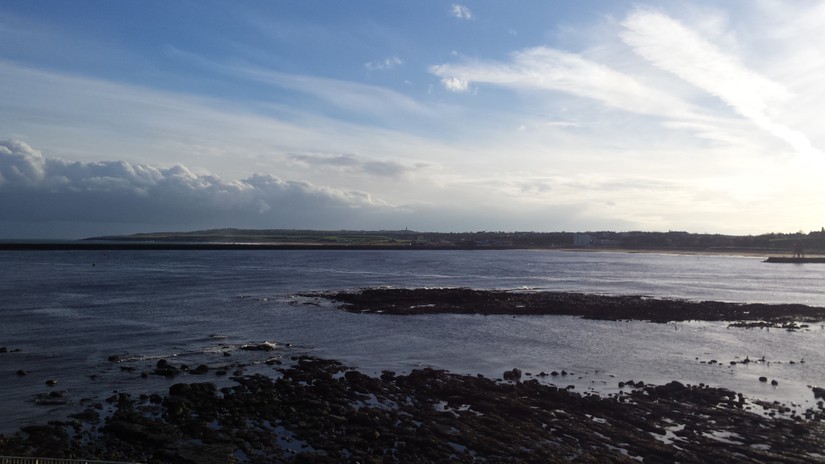
In 1833 the Tyne was built as a replacement for the wrecked Original; in the 60 years it served it save over 1000 people. Now it is on display in South Shields, recently restored in 2015, but placed on display in 1894. The Tyne is the second oldest extant lifeboat in the country; the Zetland at the Redcar RNLI museum is the oldest surviving lifeboat. It is a Grade II listed building and is one of only three boats listed in England, one of the others being the Cutty Sark (Dunkley 2016).
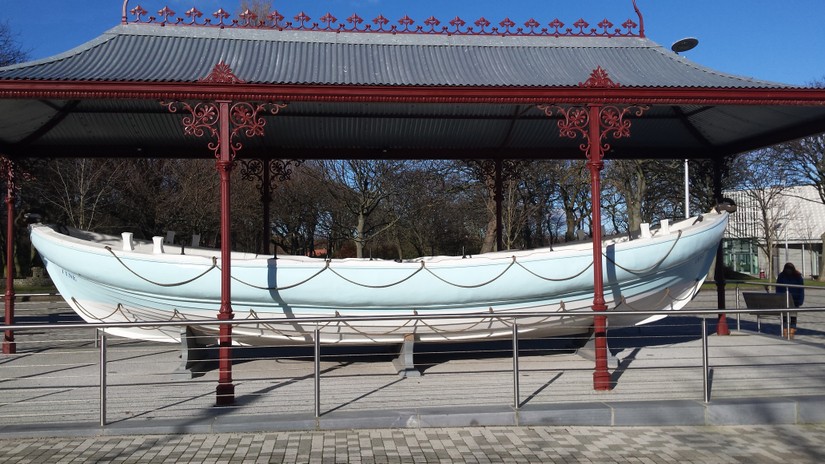
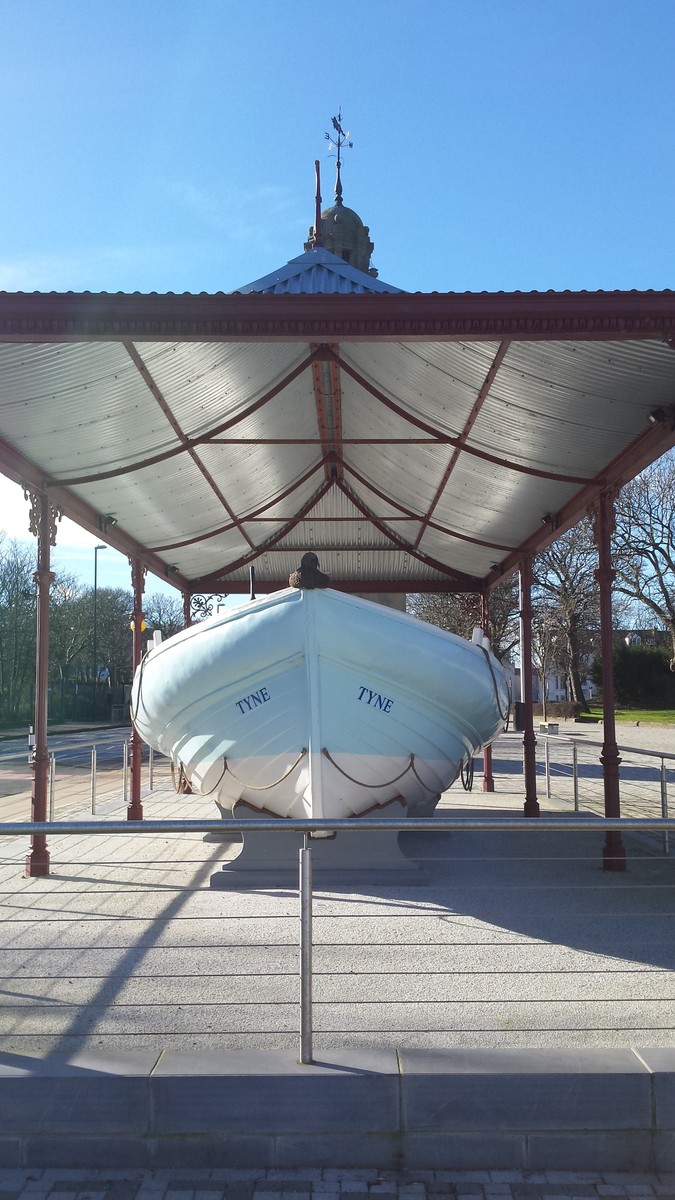
In winter 1864 two ships were wrecked on the Black Middens at the mouth of the Tyne. The schooner Friendship and the steamer SS Stanley both of which had sought to seek refuge in the Tyne from the gale on the East Coast. However, it was low tide and ships were unable to enter the River Tyne at low tide, but had no other option. The four lifeboats of the Tyne, owned by the RNLI and the independent Tyne Lifeboat Institute were launched; only the Constance could reached the vessels. Twenty-four lives were lost, including two of the lifeboats crew (S Kinghorn 2010). The Constance was based a Tynemouth No 1 station which was built in 1862.
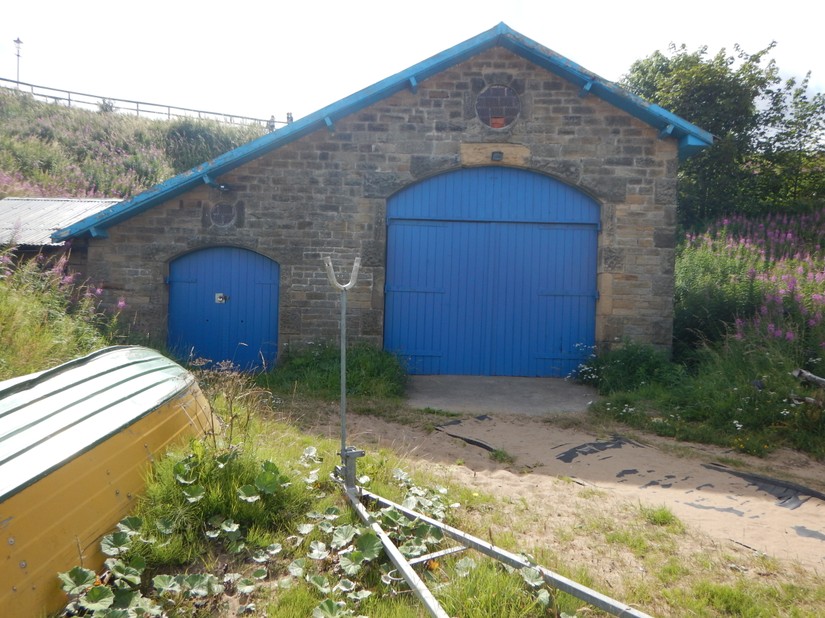
After the disaster, the Tynemouth Volunteer Life Brigade was set up. It was a response to work with Coastguards and use training volunteers to assist with Shore to Sea rescues. Though the Coastguard was trained in the this, they had to use untrained members of the public previous to help. This type of rescue typically uninvolved using rockets to fire a line to the distressed vessels, and once a lie was tied, use what is known as a breeched buoy, akin to a large pair of trousers to bring people ashore. The TVLB are still inexistence, over a 150 years later, and so far this year (to November 2016) have dealt with 130 callouts (http://www.tvlb.org/).
CITiZAN are helping to record the archaeology of lifesaving through training sessions on sites. Training events have been held on the Formby Lifeboat station on the Sefton Coast and at the Tynemouth No 1 lifeboat slipway at Priors Haven in Tynemouth.
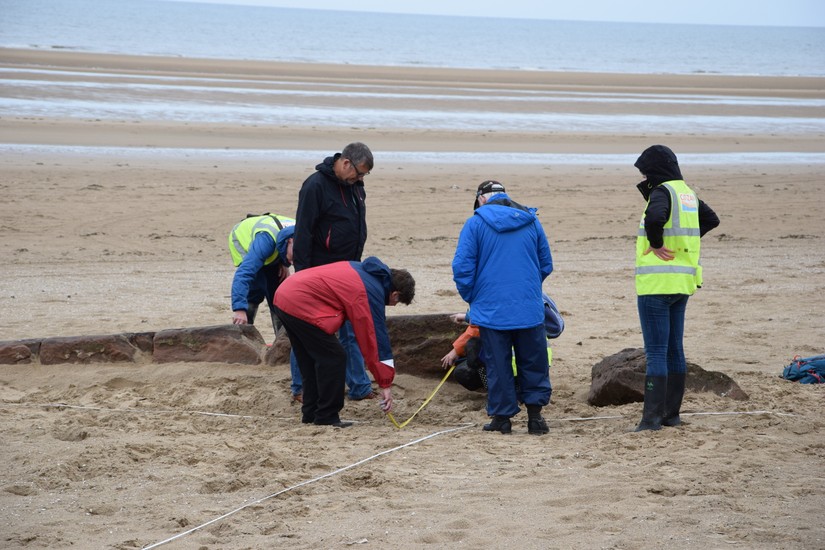
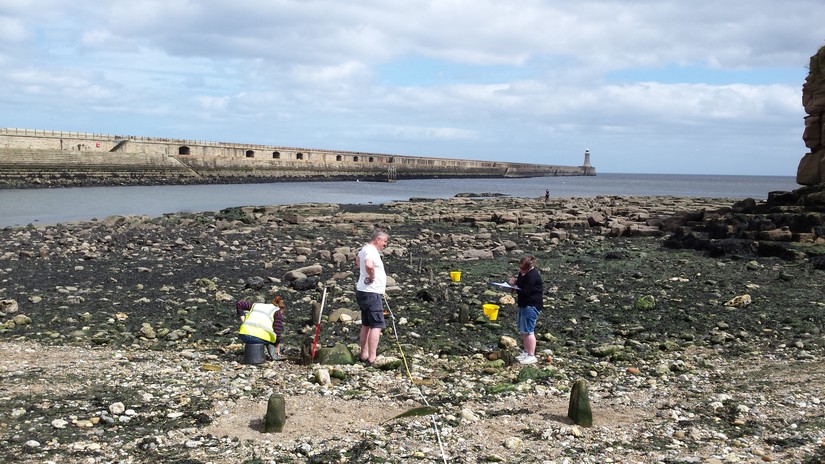
Search our interactive map to see the sites:
Formby Lifeboat Station (CITiZAN Number 81624)
The Tyne Lifeboat (CITiZAN Number 65969)
Tynemouth No 1 Station (CITiZAN Number 82001)
Tynemouth No 2 Station (CITiZAN Number 81919)
Bibliography
Dunkley M. 2016. Introductions to Heritage Assets: Ships and Boats: 1840 to 1950 https://historicengland.org.uk/images-books/publications/iha-ships-boats-1840-1950/
Kinghorn S. 2010 Tyne Shipbuilding and Ship Repairing Tyne and Tweed Journal Vol 64
Morris J. 1995 The History of the Tynemouth Lifeboats.
Purdy A. 1995. A Study of early British lifeboat stations, with particular reference to Formby. Undergraduate Dissertation.
Royal National Lifeboat Institution. 2016. Grace Darling Museum https://rnli.org/find-my-nearest/museums/grace-darling-museum
Yorke B. and Yorke R. 1982. Britain's First Lifeboat Station: Formby, 1776-1918.





